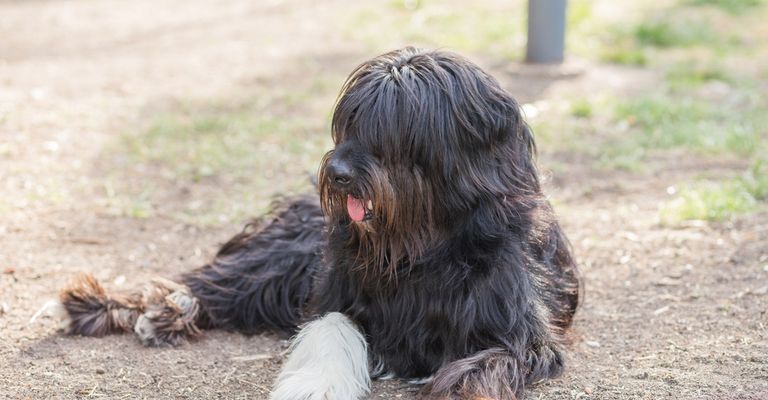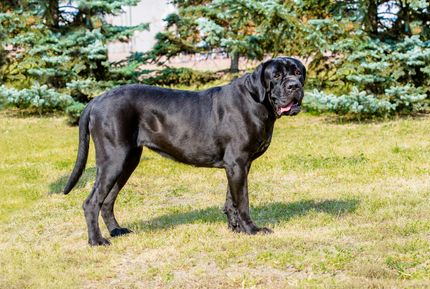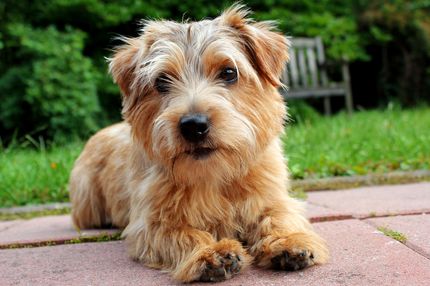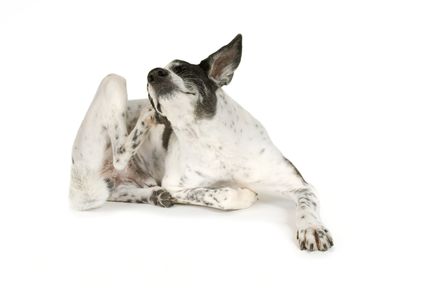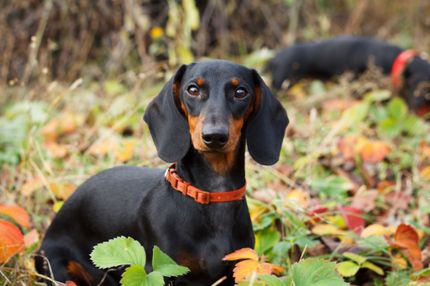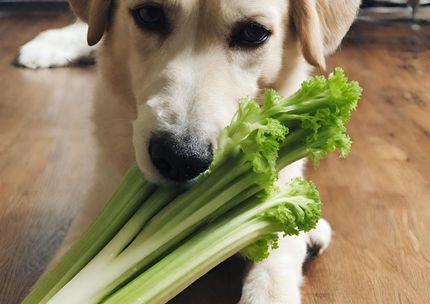Arthritis in dogs
Osteoarthritis in dogs is the most common cause of pain during exercise. Every fifth adult dog suffers from the joint problems. Only early diagnosis and treatment of the painful condition will allow your dog to live a pain-free canine life.
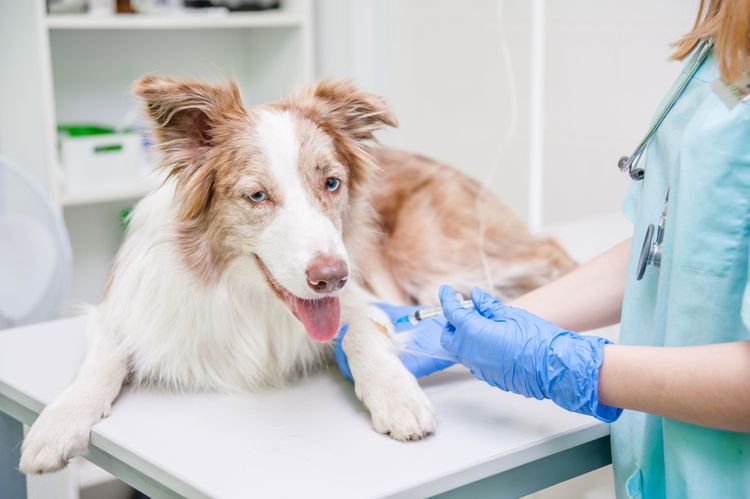
Basics and causes of Arthritis
Osteoarthritis (joint wear and tear) is a degenerative disease. The joint cartilage is damaged and increasingly recedes. The joint capsule is inflamed and thickened. There is no longer enough synovia (synovial fluid) produced. The bones involved in the formation of the joint rub against each other. Bone buildup causes your dog's joint to become increasingly stiff and immobile.
But what triggers Arthritis in dogs?
-
Age: with advanced age, your dog's joints are worn out from daily use.
-
Overweight: too much weight puts a strain on the joints and promotes the formation of bone tissue.
-
Overuse: especially in young dogs that are not yet fully grown, the joints are damaged by too much stress.
-
Congenital deformities of the joints: hip dysplasia (HD) or elbow dysplasia (ED) cause deformities of the joints and excessive wear and tear.
-
Injuries: Torn ligaments or injuries to the joint can cause joint damage without treatment.
-
Arthritis: if acute joint inflammation is not treated, it will progress to the chronic form (osteoarthritis).
-
Metabolic disorder of the cartilage cells: if the joint cartilage is not sufficiently supplied with nutrients and oxygen via the blood vessels, the cartilage cells begin to die.

Symptoms of osteoarthritis and diagnosis of osteoarthritis
Joint problems cause pain in your dog. He stands up with difficulty after lying down for a long time and moves stiffly. The limping gait improves after a few minutes of exercise. Cold and damp weather worsen the symptoms of the disease. If your dog's hip joint is affected, he will be reluctant to sit down and will stand up swaying. While lying down, your dog will change positions frequently. The thickened joint is repeatedly nibbled to reduce the pain. Bony growths make the joint look larger. However, increased heat in the joint area will only occur if inflammation is present at the same time.
The diagnosis is made by a veterinarian through an orthopedic examination. The mobility of the affected joint is checked. An analysis of the gait pattern shows how far your dog is affected by the joint problems. In addition, x-rays of the affected joint are taken in various planes. On these pictures the bone formations and the changes of the joint are clearly visible. If bone chips floating freely in the joint fluid are suspected, a computed tomography (CT) or magnetic resonance imaging (MRI) scan must also be performed. Arthroscopy allows the cartilage damage to be assessed directly. For this examination, an arthroscope (endoscope) is inserted into the joint.
Therapy and prevention for arthrosis
If osteoarthritis in dogs is detected and treated early, there is a good chance that conservative therapy will stop the severe wear and tear. In severe cases, surgery must be performed. The first treatment for osteoarthritis is painkillers and anti-inflammatory drugs. To avoid too many side effects, the anti-inflammatory drugs are discontinued after seven days if possible. Medications containing cortisone are not given to the dog, as these have a negative effect on the joint cartilage and bones. You should also not use human medications (diclofenac, ibuprofen) for the treatment of osteoarthritis. These will cause severe side effects in your dog, such as stomach or intestinal ulcers. If your dog is overweight, he will be given diet food by the vet to slowly reduce his body weight.
During the therapy, a period of rest must be observed. Your dog should be kept on a leash and not allowed to roam freely. Regular light exercise and walking on a soft surface will protect the joints and build up the muscles. Overloading by jumping, changing direction or climbing must be avoided. Physiotherapy increases the mobility of damaged joints and promotes muscle development. An underwater treadmill is ideal for exercise that is easy on the joints of overweight dogs.
For severe arthritis, hyaluronic acid (a component of synovial fluid) can be injected into the joint. If there is already severe joint degeneration, stem cell therapy is performed. The stem cells needed for this are obtained directly from your dog's fatty tissue.
Chondoprotectants, such as chondroitin, glucosamine and green-lipped mussel can be used preventatively to support the cartilage cells.
Pain relief is also achieved with herbs (devil's claw) and acupuncture. In gold acupuncture, gold platelets are placed directly on acupuncture points. The pain conduction is blocked.
Homeopathy can also be used to treat osteoarthritis.
